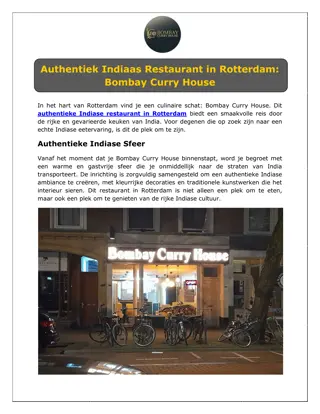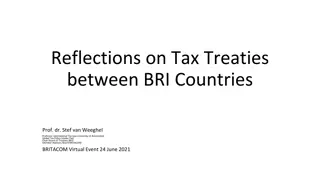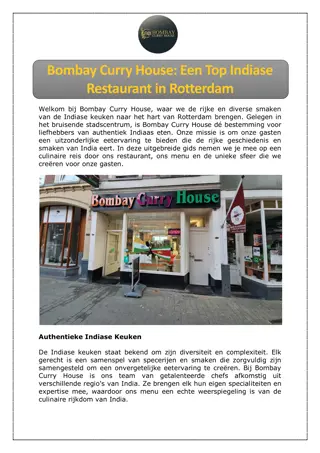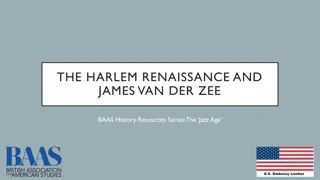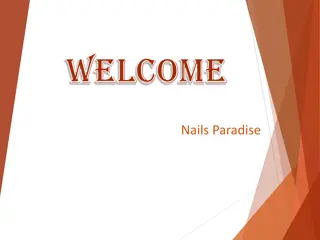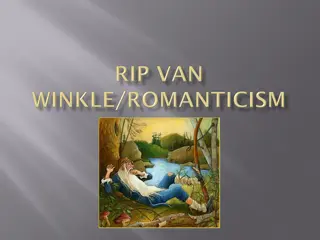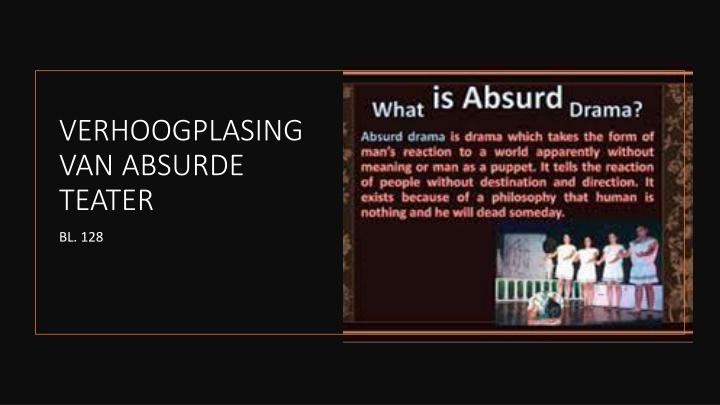
Significance of Staging in Absurd Theatre
Explore the vital role of staging in Absurd Theatre, where the performance space becomes a metaphor for life itself. Discover how the absence of Godot in "Waiting for Godot" and the use of minimal set pieces emphasize emptiness and confinement, reflecting deeper themes of the human experience.
Download Presentation

Please find below an Image/Link to download the presentation.
The content on the website is provided AS IS for your information and personal use only. It may not be sold, licensed, or shared on other websites without obtaining consent from the author. If you encounter any issues during the download, it is possible that the publisher has removed the file from their server.
You are allowed to download the files provided on this website for personal or commercial use, subject to the condition that they are used lawfully. All files are the property of their respective owners.
The content on the website is provided AS IS for your information and personal use only. It may not be sold, licensed, or shared on other websites without obtaining consent from the author.
E N D
Presentation Transcript
VERHOOGPLASING VAN ABSURDE TEATER BL. 128
Die ruimte waarin n toneelstuk opgevoer word is altyd belangrik. Die manier hoe die ruimte op die verhoog gevul het skep die omgewing vir die toneelstuk. In Realisme skenk hulle baie aandag aan die verhoogdetail. In anti-realistiese toneelstukke val die klem op die temas van die toneelstuk. Met Absurde Teater is die opvoerruimte ook baie belangrik, want dit beklemtoon die LEEGHEID van die mens se omgewing. Die verhoog word n metafoor van die lewe self. OPVOERRUIMTE
STAGING The space in which a play is performed is always important. The way the space on stage was filled creates the environment for the play. In Realism, they pay a lot of attention to the stage detail. In anti-realistic plays, the emphasis is on the themes of the play. With Absurd Theatre, the performance space is also very important, because it emphasizes the EMPTYNESS of the human environment. The stage becomes a metaphor for life itself.
In Afspraak met Godot is die afwesigheid van Godot die mees verdrukkende / beperkende aspek. Die karakters word omring deur leegheid. Ionesco oorlaai weer sy verhoog met stukke, tog beklemtoon dit ook die leegheid van die gees. In Ionesco se toneelstukke neem materi le voorwerpe die funksie van die mense oor. Alhoewel daar baie materi le goed op die vehoog is bied dit min vertroosting vir die mense. Dit wil beklemtoon dat ons nie onsself kan vul met materi le dinge nie. In Pinter se toneelstukke word die karakters ingeperk in n klein vertrek of kamer. Hulle word dan bang vir die ruimte buite hulle kamer. Opvoerruimte
STAGING In Waiting for Godot, the absence of Godot is the most oppressive / limiting aspect. The characters are surrounded by emptiness. Ionesco overloads his stage with decor, yet it also emphasizes the emptiness of the mind. In Ionesco's plays, material objects take over the function of the people. Although there are many material things on the stage, it offers little comfort to the people. It wants to emphasize that we cannot fill ourselves with material things. In Pinter's plays, the characters are confined to a small room. They then become afraid of the space outside their room.
Waaruit bestaan Waiting for Godot se stel? Dit bestaan uit n boom en n pad.
Akteurs moet heeltyd gefokus bly. Die gefokusde energie is deel van die toneelspelstyl. Die toneelspelstyl maak ook gebruik van hansworstery. Dit verleen baie energie en n sin van absurd aan die toneelstuk. Die karakters stel die lewe voor as n groteske pantomime. In Waiting for Godot maak die karakters gebruik van voortdurende hansworstery. Hulle trek byvoorbeeld hulle broeke af en val neer op die grond. Toneelspelstyl en beweging
Acting Style and movement Actors need to always stay focused. The focused energy is part of the acting style. The acting style also makes use of clowning. It gives a lot of energy and a sense of absurdity to the play. The characters present life as a grotesque pantomime. In Waiting for Godot, the characters use clowning For example, they take off their pants and fall to the ground.
Karakters in Ionesco se dramas: Hy maak gebruik van verhewe en gefokusde gebare kenmerkend van absurd teater. Sy karakters gebruik verhewe en gefokusde gebare kenmerkend van Absurde Teater, dit skep karakters wat outomaties voorkom. Ionesco wou h dit moet voorkom asof sy karakters deur sosiale konvensie gemanipuleer word. Hulle moet voorkom asof hulle meganiese marionette is. Hulle bly intens menslik.
Characters in Ionesco s dramas
Die vorm van die Absurde toneelstuk: Dit is dikwels siklies van aard. Daar is geen line re ontwikkeling van die plot nie. Daar is baie herhalende aksies en nooit n duidelike uitkoms nie. Op die verhoog beweeg die karakters dikwels in n sirkel. Beckett se boemelaars loop in herhalende kringe wat die beperking van hulle omgewing demonstreer. Hulle herhaal ook dikwels hulle aksies en die is bejammerenswaardig. Daar is baie stiltes in Waiting for Godot. Daar is stiltes wanneer die karakters nie die regte woorde kan vind nie, of stiltes wanneer hulle n sosiale taboe oortree. Of soms stiltes waar hulle wag op die reaksie van die gespreksvennoot. Hulle beweging is nie naturalisties nie. Hulle wissel af met tempo en ritme. Hulle skep nie geloofwaardige karakters nie, maar eerder n karakter wat die reaksie van die gehoor uitlok.
Absurd Theatre:







